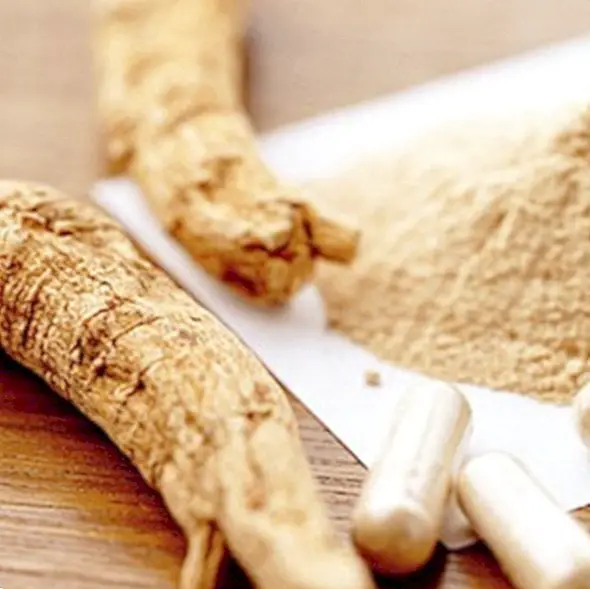How to act if a person is suffering a heart attack (first aid)
If we meet someone who may be suffering a heart attack, the first thing we should do is ask someone to call the emergency medical service or we must do it ourselves if we are alone. Then we must begin first aid.
If possible, try to get the affected person to sit down and try to be as calm as possible. We must also ask you if you have any medicine prescribed by your doctor for chest pain (such as nitroglycerin) and help you take it. If you have very tight clothes you have to loosen it.

In case the affected person is unconscious (that is, does not react to the stimuli), without breathing and without a pulse, and after contacting the medical emergency, we must perform Cardiopulmonary Resuscitation (CPR). Some steps of the procedure vary depending on whether children are up to 8 years old, or are persons 9 years of age or older.
These are the steps recommended by the American Heart Association:
- Try to have the person react by shaking him gently or by patting him gently. If you are old enough to answer we ask you aloud if you are well.
- If there is no answer ask someone to call the emergency. In case of being only call the emergency, but if it were a child under 8 years old, it is appropriate not to leave it alone before performing the CPR for two minutes.
- Lay the affected person face up with great care.
- If there is an automatic external defibrillator or AED in place, place the paddles on the chest of the. This device takes measurements of vital signs at the moment and, if necessary, calculates the discharge to be applied. Always follow the instructions of the device.
- If this defibrillator is not available, start the CPR (Cardiopulmonary Resuscitation) maneuver.
How to make heart compressions in children from 1 to 8 years old
To do cardiac compressions in a child less than 9 years old:
- Put the base of a hand placed on the sternum (it would be just below the nipples) but we should NOT do it at the end of the sternum to avoid damage.
- Leave the other hand resting on the child's forehead, so that this makes it possible to hold the head tilted back
- With the hand that is resting on the chest you have to compress the chest between 1/3 and 1/2 of its depth.
- 30 compressions are performed as the previous one. Each compression should be strong, fast and without pause, but the chest should be allowed to rise completely after each compression. These compressions should be done quickly and strongly without pause.

How to make heart compressions in children over 9 years old and adults
- The base of a hand is located where the sternum is located, this is right in the middle of the nipples and the second hand is placed on the first, bringing our body directly on the hands.
- 30 compressions are applied strongly and quickly, so that it is pressed about 5 centimeters into the chest. Quickly count the 30 compressions.
- Perform mouth-to-mouth breathing.
If the person or child does not react or do not recover their breath after performing the thirty compressions, we will apply mouth-to-mouth breathing as follows:
- Lift the chin with one hand and carefully push the head back placing the other hand on the forehead. This will clear the airways.
- Detect if there is breathing by placing our ear and then our cheek next to the nose and mouth, and also observe the presence of movement in the chest.
- If you do not breathe you should place your mouth firmly on the person's and press your nose with your fingers, while keeping your head tilted and your chin up.
- Perform 2 mouth-to-mouth insufflations. Each one of a duration of a second, we must see that the chest rises.
- If there is no improvement, perform again the 30 compressions (in the way indicated according to the age of the person) and then the two insufflations, repeating the cycle until the arrival of the medical aid.
Nowadays it is easy to find a place where you can take these courses, in many cases for free, do not stop doing it as soon as you can to be prepared in case of such a situation. This article is published for informational purposes only. It can not and should not replace the consultation with a Physician. We advise you to consult your Trusted Doctor. ThemesCardiovascular diseases


